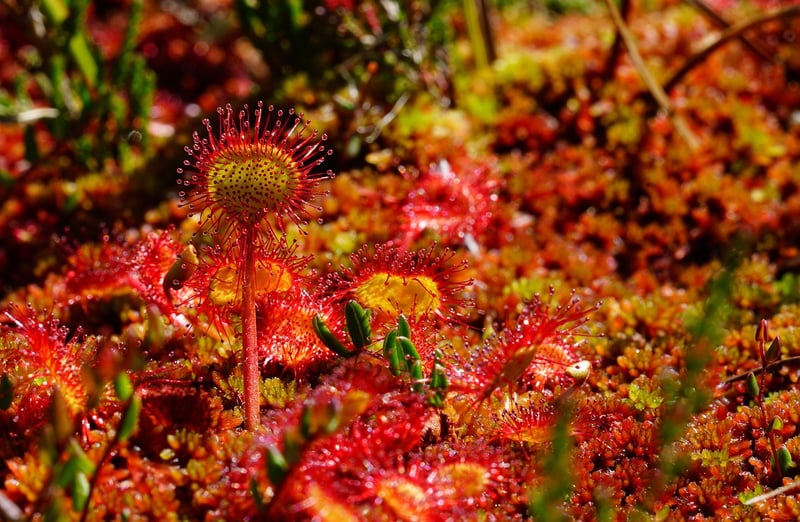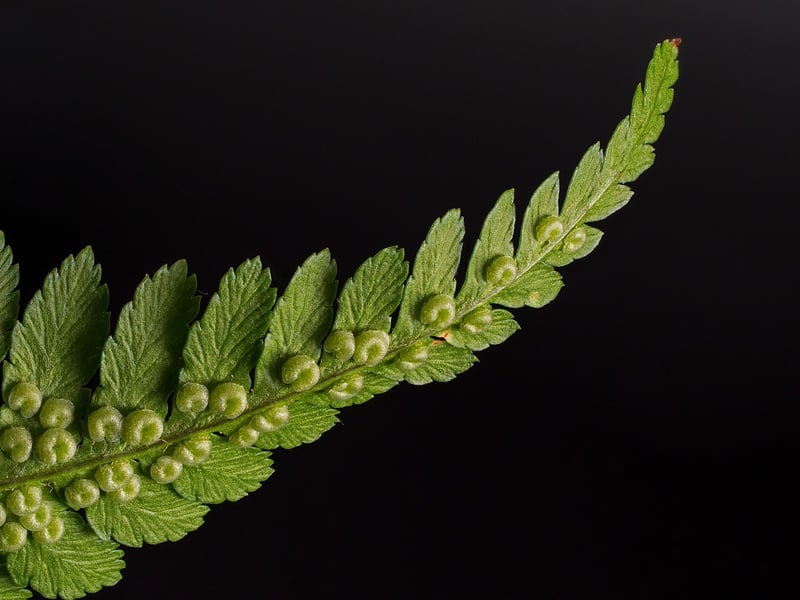Light Requirements
Keeping Your Vertical Garden Healthy: Light Requirements
Vertical gardens are a beautiful way to bring greenery into small spaces and create a lively atmosphere. To ensure your vertical garden thrives, it's essential to understand and provide the right light conditions for your plants.
Light Requirements for Vertical Gardens
Plants have varying light requirements, so it's crucial to place them in the right spot to promote healthy growth. Here are some general guidelines for different light conditions:
1. Full Sun
Plants that require full sun need at least 6-8 hours of direct sunlight daily. Examples include herbs like basil, thyme, and rosemary. Make sure these plants receive ample sunlight each day to thrive.

2. Partial Sun/Partial Shade
Plants that prefer partial sun/shade can thrive with 3-6 hours of sunlight per day. Ferns, begonias, and some types of ivy are examples of plants that do well in these conditions.

3. Full Shade
Plants that thrive in full shade require minimal to no direct sunlight. Consider plants like peace lilies, spider plants, and pothos for areas with limited light.

Tips for Providing Adequate Light
- Observe the sunlight patterns in your space to determine the best spots for your plants.
- Rotate your plants regularly to ensure all sides receive equal light exposure.
- Consider using grow lights for areas with insufficient natural light.
- Monitor your plants for any signs of sunburn or lack of light, such as yellowing leaves or stunted growth.
By understanding the light requirements of your vertical garden plants and providing them with the necessary conditions, you can enjoy a flourishing and vibrant green space in any environment.
Remember, light is a crucial factor in plant growth, so make sure to tailor your care routine to meet the specific needs of your vertical garden plants.
